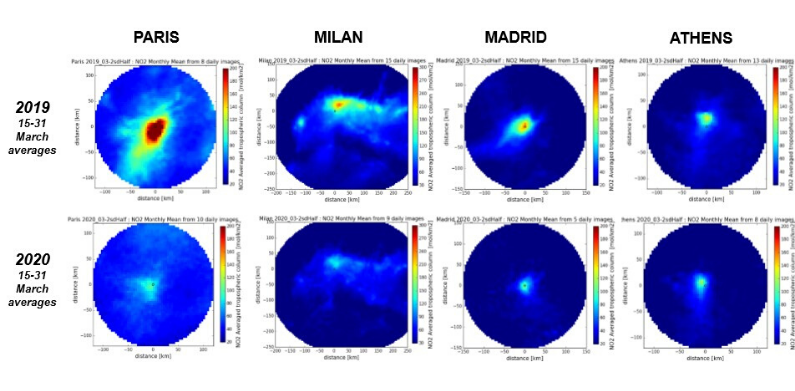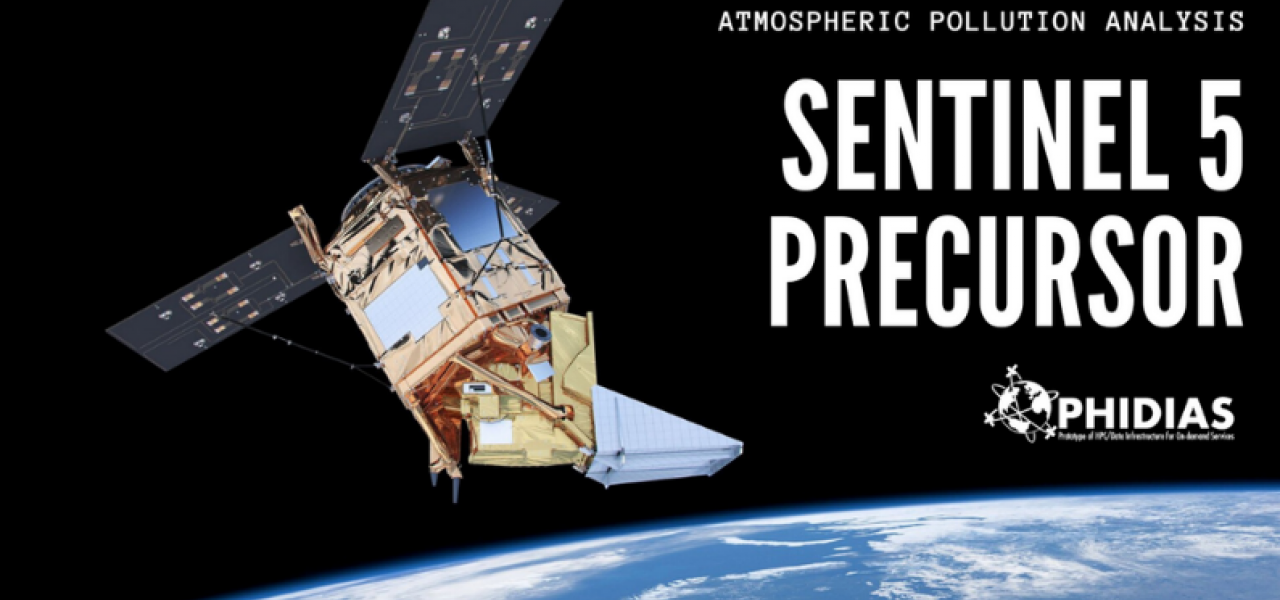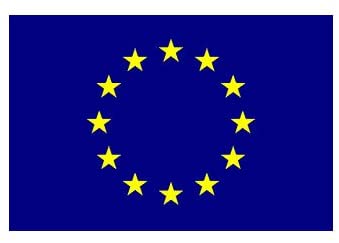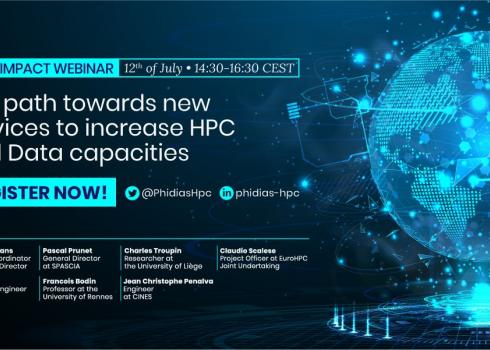How COVID-19 is impacting on pollution levels over European cities
Considering the very peculiar times we are living in, SPASCIA has taken the opportunity of its current use of Sentinel 5 Precursor (S5P) data and products within the PHIDIAS project to analyse the time evolution of atmospheric pollution. The aim has been to tentatively assess the impact of the exceptional human activity reduction due to the COVID-19 crisis on atmospheric pollution levels over some major cities in Europe.
The S5P high resolution space-based sensor regularly provides global observations of the pollutant nitrogen dioxide (NO2) in the troposphere. Nitrogen oxides (NOx =NO2+NO) are among the main proxies for air quality degradation of urban and industrialised areas. Atmospheric concentrations of NOx over urban areas are directly linked to human activities (fuel combustion from road traffic, residential and tertiary sector, industrial activities).
The assessment was conducted by comparing the first trimester periods of 2019 and 2020 on a daily, weekly and monthly basis for 4 major cities in Europe: Paris, Madrid, Athens and Milan (within the Po valley area).
The methodology that SPASCIA applied relies on the use of the TROPOMI NO2 tropospheric column Level 2 product distributed by the European Space Agency (ESA), which was downloaded from the Copernicus open data access hub by the ICARE/AERIS French data centre, and imported and arranged at SPASCIA in a database (Postgresql 11.6, PostGIS 3.0 3). Using these data, SPASCIA generated images centred on 4 cities and 2 periods of 3 months: from January to March 2019 and 2020.
This activity required dedicated processing of daily images at city scale: filtering and identifying “valid” pixels, selecting and interpolating reliable daily datasets, integrating the valid pixels (above a background value) for estimating the NO2 plume mass associated to a given major city, and calculating an uncertainty on this estimate.
Reductions in the pollution level (using NO2 as aproxy) were observed, (especially at the end of March 2020): 20-50% for Paris, 30-70% for the Milan region, 30-60% for Madrid, and 40-60% for the last week for Athens, as compared to the same period in 2019.

Averaged NO2 Tropospheric column (in mol/km2) over 4 major cities in Europe derived from
Sentinel 5 Precursor measurements from 15 to 31 March 2019 and 2020
Some of the derived information is affected by the lack of valid data in specific periods, and in some cases, by the relatively large temporal variability and uncertainty bars due to the impact of local meteorology (clouds) and atmospheric transport (wind and turbulence).
Overall, the present results are clearly showing the direct impact that human activities have on air pollution levels and provide food for thought about how we should reshape our way of living and thinking after the COVID-19 crisis.
For additional information, download the SPASCIA presentation below.






